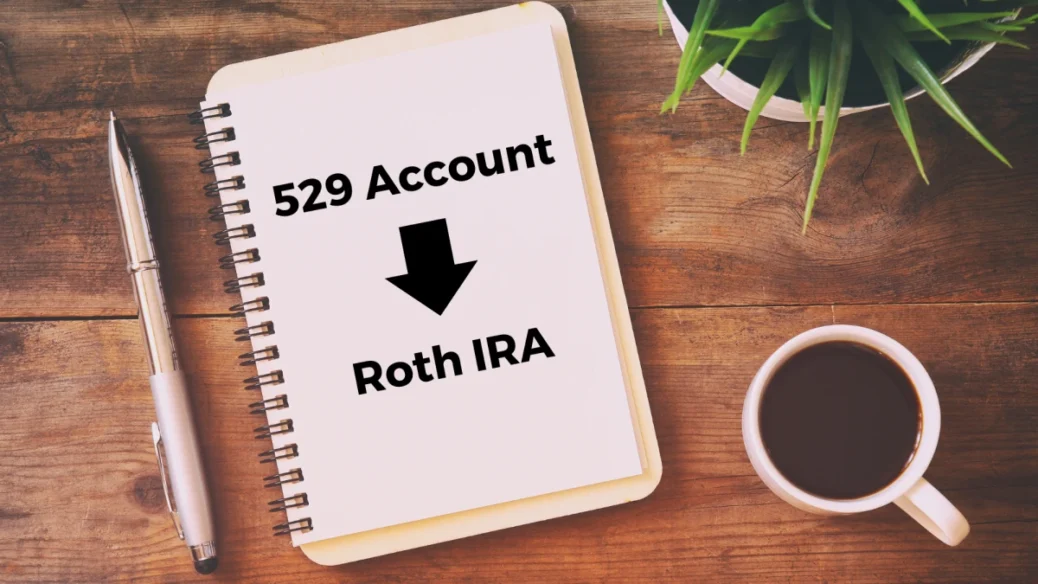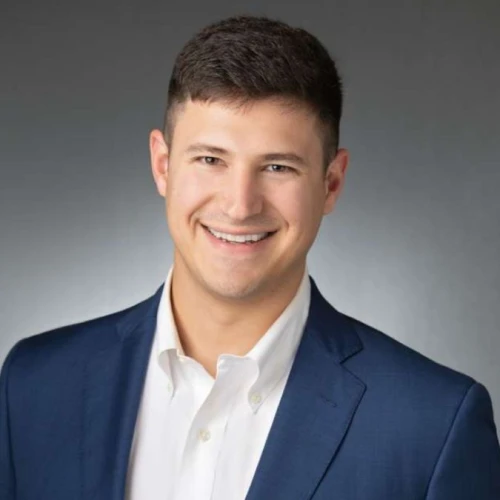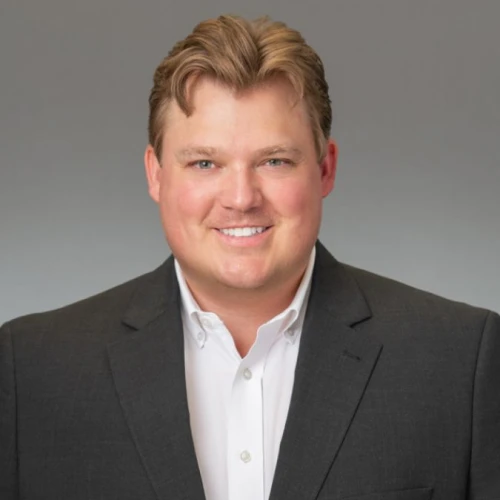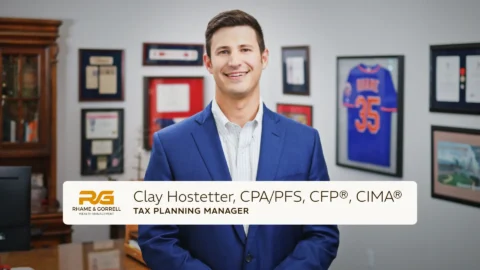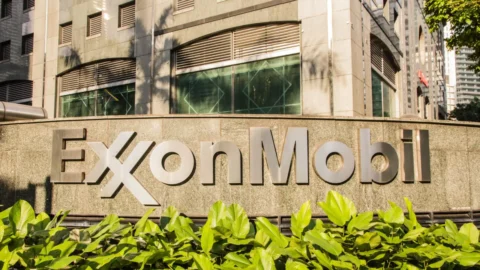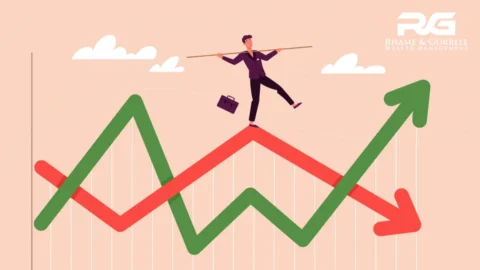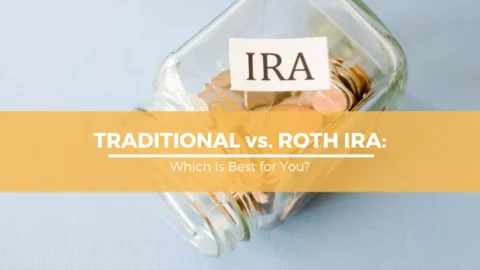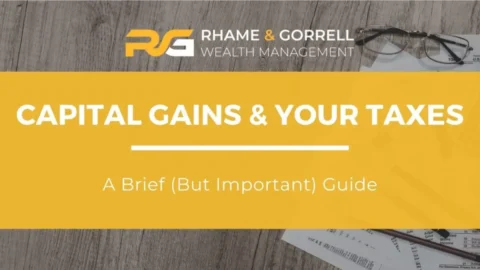529 Plan to Roth IRA Rollover: How To Do It
Making The Most Of A Unique Provision Added By SECURE Act 2.0
529 accounts are currently one of the best ways to save for a child’s higher education. Funds can be put into these accounts to grow and be distributed tax free if they are used for qualified higher education expenses.
Occasionally, due to excellent investment performance or over-saving, we have individuals contact us asking about unused 529 balances left over once their kids or grandkids graduate. There are also a large number of high school graduates that are choosing to go straight into the workforce or opting for trade school instead of a more typical 4-year degree program.
Until recently, there were very few options a family had with these unused 529 funds. Thankfully, under the Secure Act 2.0 passed back in December 2022, a new provision was created to allow certain unused 529 funds to be rolled into a Roth IRA for the 529 beneficiary without penalty.
In the article below we will talk over all of the options you have with unused 529 funds as well as the requirements to roll funds into a Roth IRA for the beneficiary. To read more about Roth IRA accounts, what they are, how they work, and why they are beneficial please check out our article on the topic.
What To Do with Unused 529 Funds?
Historically, there have not been many options for individuals who do not have any further education expenses on which to spend 529 funds. If 529 funds are pulled out of the account and not used to pay for higher education, the growth (but not the investor’s original contributions) are subject to both federal income taxes and a 10% penalty on the account’s earnings. This is not an ideal option because it can lead to steep taxes and penalties.
Investors also have the option to roll the 529 into another child’s 529 or even to change the beneficiary of the 529 to another family member. This strategy can be helpful for investors wishing to keep the 529 fund as a generational college account for kids and grandkids.
With the passing of the Secure Act 2.0, investors are offered a new option: certain unused funds may be rolled into a Roth IRA for the beneficiary without incurring tax or penalties and they do not have to be used for higher education expenses. This strategy does carry significant restrictions and limitations, but it can be an incredibly useful way to help 529 beneficiaries begin saving for retirement in the early years of their career.
What Are The Rules Surrounding This Transaction?
While this provision was passed back in 2022 under the Secure Act 2.0, it technically did not go into effect until January 1, 2024. There are 3 limitations put on the transaction:
- The 529 account must be owned at least 15 years prior to the execution of this transaction*. Contributions made to a 529 plan in the last five years before the rollover along with their associated earnings are ineligible for tax free rollover.
- The funds are only allowed to be transferred to a Roth IRA that is owned by the 529 beneficiary. The Roth IRA owner must also have earned income equal to or greater than the 529 rollover.
- This transaction is subject to the annual IRA contribution limits ($7,000 for 2024 plus an additional $1,000 if the individual is over age 50) and is subject to a lifetime rollover amount of $35,000. It is important to note that this rollover would replace the beneficiary’s IRA contribution for the year and that any rollover combined with the IRA beneficiary’s own IRA contribution for the year cannot surpass the annual IRA contribution limit.
There are still some areas of this new provision that need to be solidified in the coming months, such as who must pay the tax penalty if this transaction is processed incorrectly, but we will have answers as the IRS releases guidance.
*Currently it is uncertain whether a change in beneficiaries with restart this 15-year holding period.
How Does This Transaction Work?
In order to roll unused 529 funds to a Roth IRA, investors will need to follow the process prescribed by the 529 custodian. All custodians will treat this transaction a bit differently, but the most common way to process it will be through completing a rollover form.
For example, if an individual has a 529 set up through Charles Schwab, they would use the form called “Direct Rollover to Roth IRA Form” to complete this transaction. The investor will then receive a 1099-Q the next year that reports this rollover amount leaving the 529. If the rollover is processed correctly, the 1099-Q amount will be non-taxable in the entirety on the investors tax return.
Need Some Help?
If you’d like some help from one of our CPAs or CERTIFIED FINANCIAL PLANNER (CFP®) advisors regarding this strategy and how it applies to you, the Rhame & Gorrell Wealth Management team is here to help.
Our experienced Wealth Managers facilitate our entire suite of services including financial planning, investment management, tax optimization, estate planning, and more to our valued clients.
Feel free to contact us at (832) 789-1100, [email protected], or click the button below to schedule your complimentary consultation today.
IMPORTANT DISCLOSURES:
Corporate benefits may change at any point in time. Be sure to consult with human resources and review Summary Plan Description(s) before implementing any strategy discussed herein.Rhame & Gorrell Wealth Management, LLC (“RGWM”) is an SEC registered investment adviser with its principal place of business in the State of Texas. Registration as an investment adviser is not an endorsement by securities regulators and does not imply that RGWM has attained a certain level of skill, training, or ability. This material has been prepared for informational purposes only, and is not intended to provide, and should not be relied on for, tax, legal or accounting advice. You should consult your own CPA or tax professional before engaging in any transaction. The effectiveness of any of the strategies described will depend on your individual situation and should not be construed as personalized investment advice. Past performance may not be indicative of future results and does not guarantee future positive returns.
For additional information about RGWM, including fees and services, send for our Firm Disclosure Brochures as set forth on Form ADV Part 2A and Part 3 by contacting the Firm directly. You can also access our Firm Brochures at www.adviserinfo.sec.gov. Please read the disclosure brochures carefully before you invest or send money.
